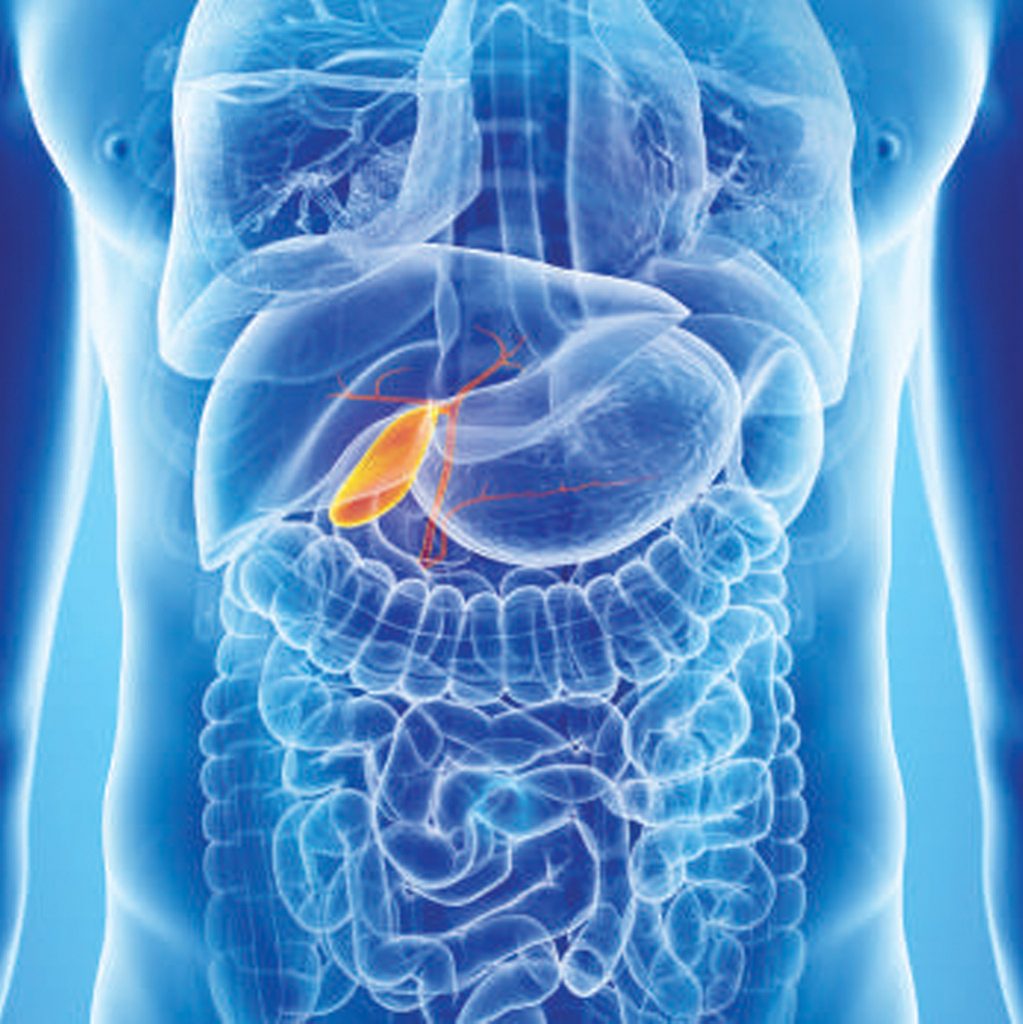
When gallstones start moving, they can plug the tubes that connect your gallbladder to your liver and pancreas, causing pain and complications.
Your gallbladder is tucked behind the front edge of your liver. It holds all the digestive chemicals, or bile, produced by your liver. When you eat food that contains fat, your gallbladder squirts chemicals into a little tunnel that leads to the intestinal system to help you digest the fats.
When the bile — formed from proteins, calcium, cholesterol and other materials — in the gallbladder sits around for too long, it becomes concentrated and clumps, forming gallstones. The stones can be as small as a grain of sand or as large as a golf ball.
Most people with gallstones do not experience any symptom; they only find out about their condition during a routine X-ray, abdominal surgery or other medical procedure.
Problem & Solution
In some instances, the gallstones start moving and travel into the tubes that connect your gallbladder to your liver and pancreas, causing prolonged discomfort and cramps. These occurrences are sudden and commonly known as gallbladder ‘attacks’. The telltale sign is sudden pain in either the centre or upper-right portion of your abdomen, your right shoulder, or between your shoulder blades.
People with frequent gallbladder attacks may choose to have their gallbladder surgically removed through a procedure known as cholecystectomy. This procedure is performed using a laparoscope and a miniature video camera. The process is minimally invasive, and most patients require only an overnight stay at the hospital.
Laparoscopic cholecystectomy is preferred over open cholecystectomy, which requires a five- to eight-inch incision across the abdomen. Open cholecystectomy results in longer hospital stays and prolonged recovery time. Open cholecystectomy is performed only when the gallbladder has severe inflammation, infection or scarring from other operations.
In cases where a patient has a serious medical condition and is unable to undergo surgery, medication can be administered to attempt to dissolve the gallstones. This process may require months or even years of treatment to dissolve the gallstones, but often they are not successful.
You can reduce your risk of forming gallstones by maintaining a healthy diet. Gradual weight loss is important as sudden weight drops can actually increase your risk of developing gallstones. You should also eat regular and balanced meals that contain some fat — this will help empty your gallbladder — but avoid saturated fats and foods that are high in cholesterol.
You also need to exercise regularly. Exercising will help you to maintain a healthy weight and reduce your risk of developing gallstones.







